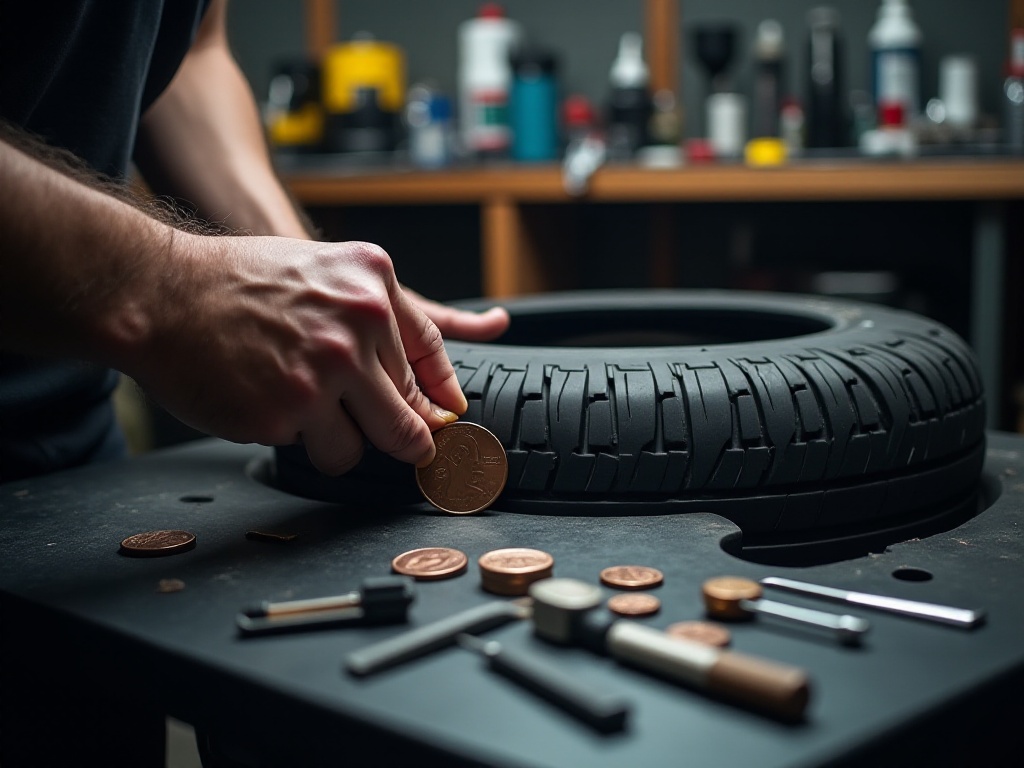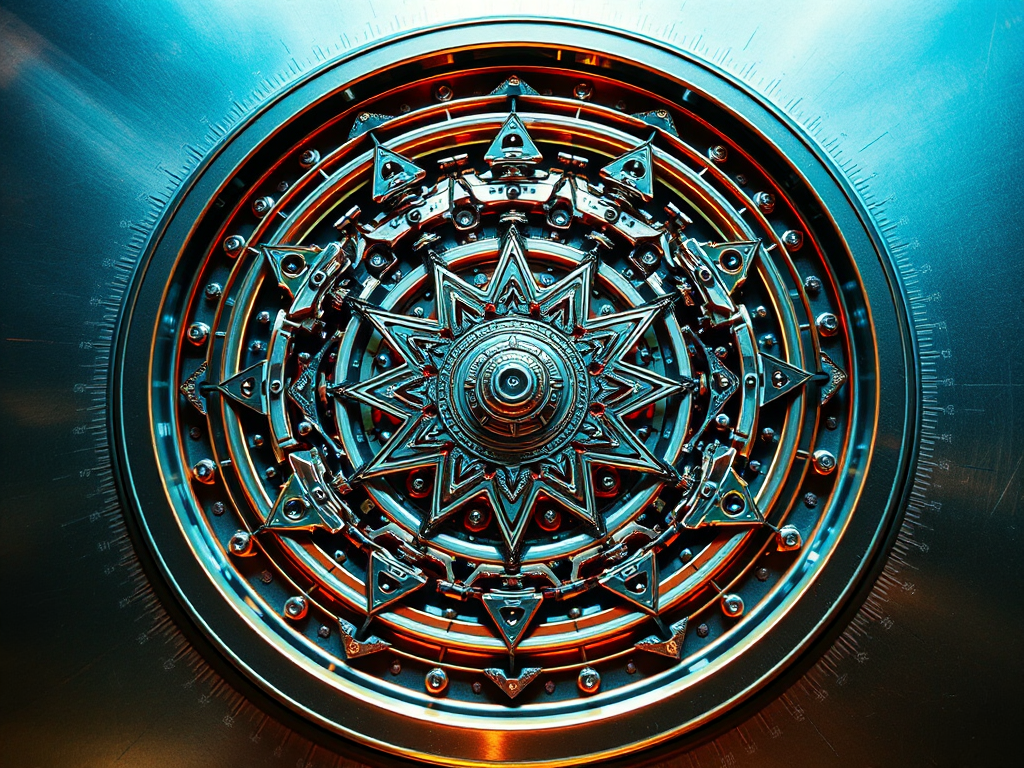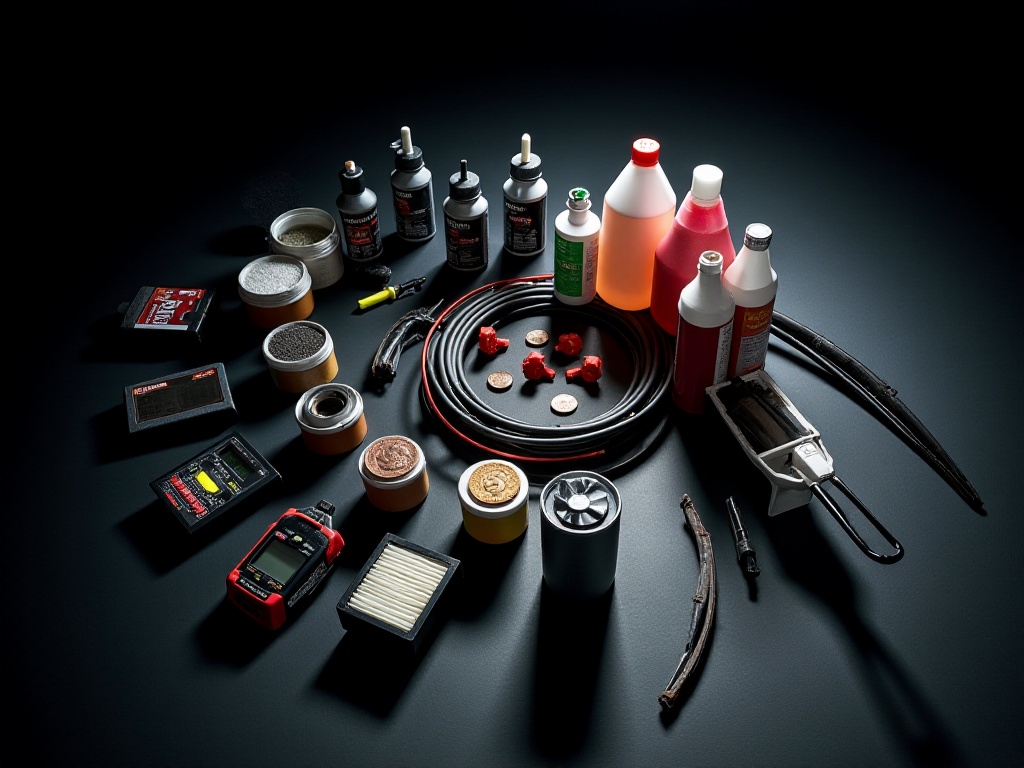Introduction
Ever wonder why some old cars on the road still run smoothly after more than a decade? The truth is, car maintenance isn't rocket science - it's all about paying attention to the details. As someone who has been driving for over a decade, I'd like to share some practical maintenance tips that will help your beloved car stay with you longer.
Basic Inspections
When it comes to car maintenance, daily checks are the most basic yet often overlooked aspect. Whenever I hear car owners say "my car broke down suddenly," further questioning usually reveals they've never even opened their hood. According to statistics from 4S shops and major auto repair facilities, over 90% of major vehicle failures show warning signs that could have been detected and resolved before becoming serious problems if owners had paid attention.
I personally make it a habit to spend an hour or so every weekend morning thoroughly checking my car. Over the years, this practice has helped me avoid numerous potential problems. Let me share these experiences with you.
Mechanical Systems
When it comes to mechanical systems, the engine is obviously the most important. The engine is like the car's heart, and engine oil is its blood. Many car owners think, "Why change the oil so frequently when the car runs fine?" But you might not know that according to automotive repair industry statistics, over 40% of major engine repairs are caused by oil-related issues.
Besides regular oil changes, you should frequently check the oil level and color. I change my oil every 5,000 kilometers and check the dipstick every time I fuel up. If you notice the oil turning black, containing metal particles, or smelling burnt, it means the oil has deteriorated and needs immediate replacement.
Another commonly overlooked issue is the oil filter. Many people are reluctant to change the filter during oil changes, which is very unwise. The old filter contains accumulated debris that will contaminate the new oil if not replaced, not only wasting the new oil but potentially damaging the engine.
Tire maintenance is equally important. Besides regular pressure checks, tire wear should be monitored. I have a particularly useful trick: using a one-yuan coin to measure tread depth. If Mao's head is completely visible when the coin is inserted vertically into the tire tread, it's time for replacement.
Many people might think their tires can last a bit longer, but according to transportation department statistics, tens of thousands of traffic accidents occur each year due to tire issues. Especially in rainy conditions, severely worn tires can easily skid - this is no joke.
Besides the tires themselves, wheel alignment is crucial. If you notice steering wheel drift or uneven tire wear, alignment is likely the issue. It's recommended to get four-wheel alignment every 20,000 kilometers - this not only extends tire life but also makes driving more stable.
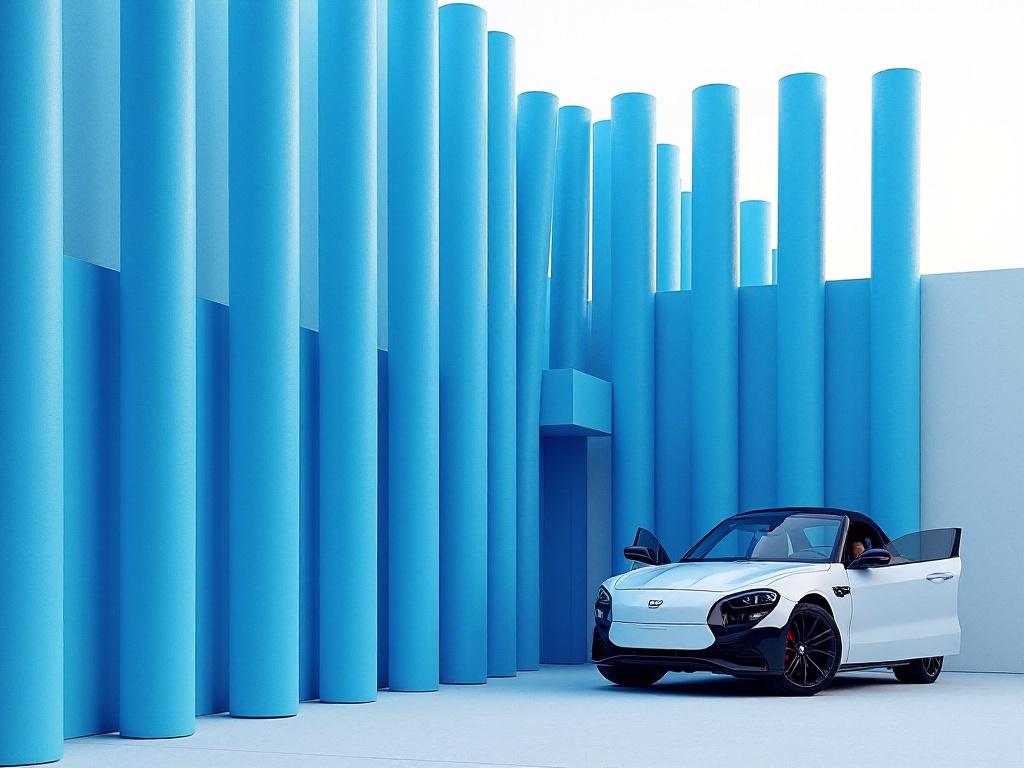
Electrical Systems
Regarding electrical systems, the battery is most often overlooked. Many car owners only think about it when their car won't start one morning. Batteries have a lifespan, typically 3-5 years before needing replacement.
I've seen too many cases where owners were reluctant to replace batteries, only to have them fail at crucial moments. The worst case was a friend who drove hundreds of kilometers for a winter vacation, only to find their car wouldn't start the next morning at their rural homestay. Being in a mountainous area, finding a repair shop was difficult, and they ended up paying several hundred yuan just for towing.
Therefore, I recommend having your battery voltage tested during each maintenance visit. If the voltage drops below 12V, consider replacement. When replacing batteries, be sure to choose reputable brands. Though they might cost one or two hundred more, their lifespan and reliability are much better.
Besides batteries, other electrical systems need regular inspection. Take windshield wipers - many people only think about replacing them when they stop working effectively in the rain. Actually, wiper blades typically last six months to a year, and should be proactively replaced before the rainy season.
The lighting system needs checking not just for functionality but also for lens clarity. Many cars' headlights yellow over time, which not only affects appearance but seriously impacts nighttime driving safety. I'll share some headlight cleaning tricks later.
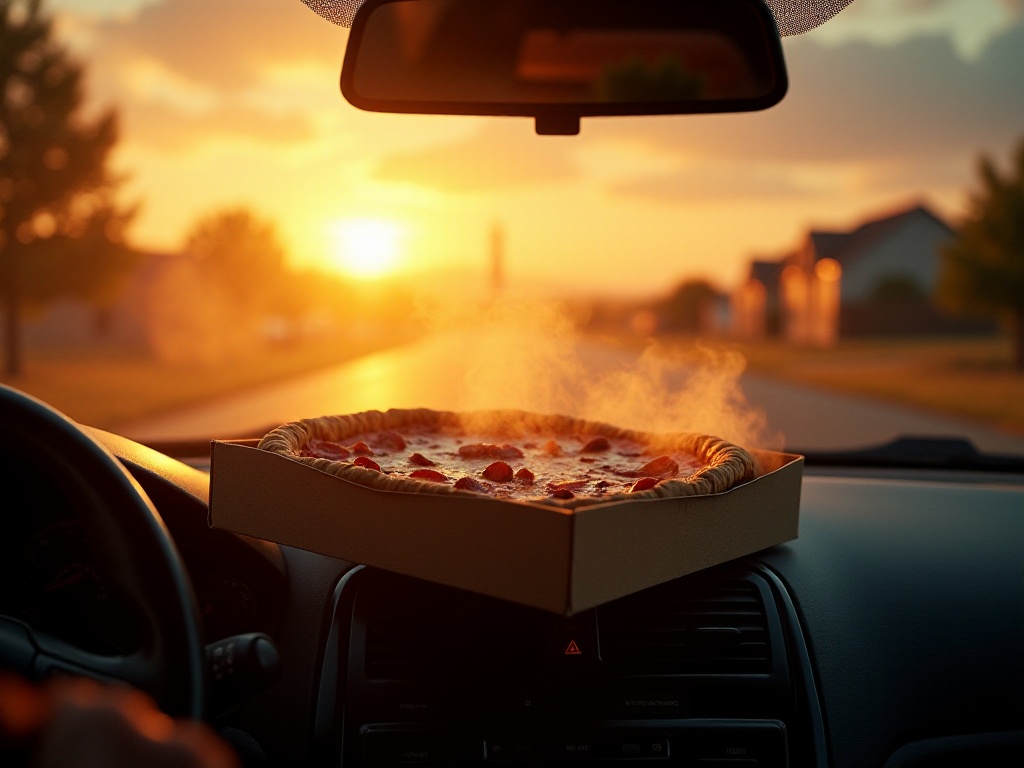
Daily Maintenance

Fluid Management
In daily maintenance, managing various fluids is crucial. Besides engine oil, coolant, brake fluid, power steering fluid, transmission fluid, etc., all need regular checking and replacement.
I now keep a toolbox in my trunk with various necessary fluids. This habit came from a lesson learned: one night on the highway, I noticed the temperature gauge climbing - the coolant was low. Being on the highway with no repair shops nearby, I had to tough it out to the next service area. Since then, I've kept all these essentials ready.
Coolant concentration is also crucial. Many car owners cut corners by using tap water instead of coolant. This is particularly dangerous because tap water contains minerals that can cause radiator scaling and seriously affect cooling. Moreover, tap water can freeze in winter, potentially cracking the radiator.
Brake fluid is another often overlooked item. It has an expiration date and should generally be replaced every two years. Brake fluid absorbs moisture from the air over time, affecting braking performance. When checking brake fluid, if you notice a sudden drop in level, there might be a leak in the brake system requiring immediate inspection.
Transmission fluid change intervals should follow the manual's recommendations, typically between 40,000-60,000 kilometers. However, if you frequently drive in mountains or heavy traffic, consider shortening the interval. Degraded transmission fluid not only affects shifting smoothness but can lead to transmission damage, which means major repairs.
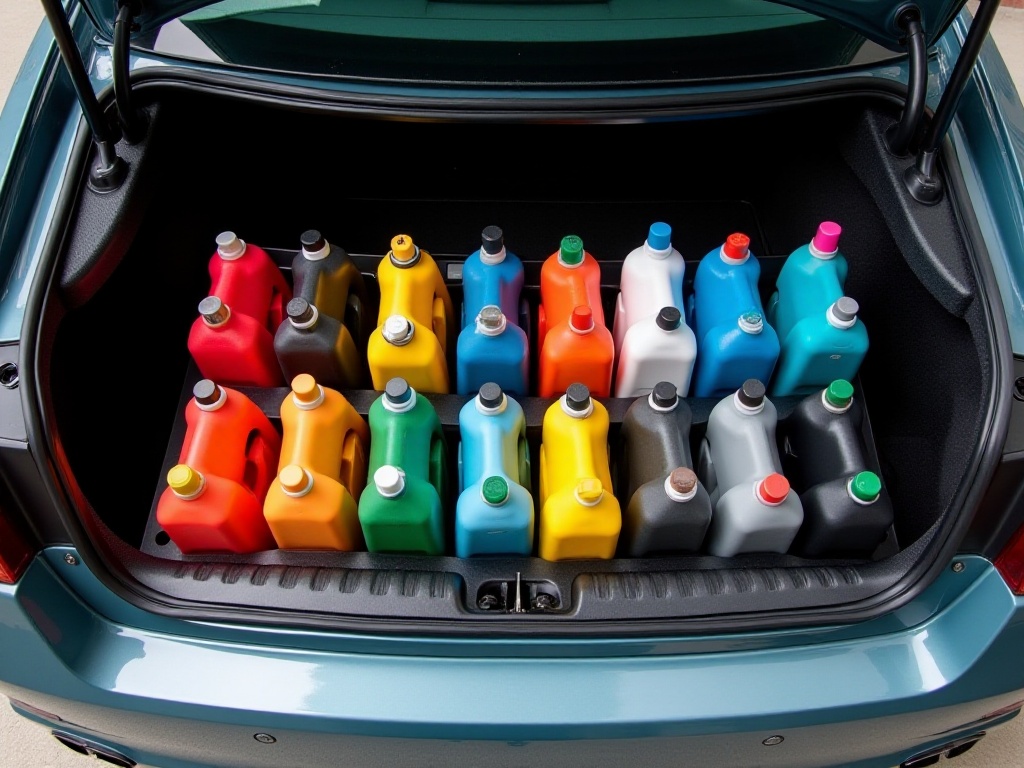
Filtration Systems
After discussing fluids, let's talk about filtration systems. Cars have several filters, including oil filter, air filter, cabin filter, and fuel filter. These filters are like the car's organs, each responsible for filtering different impurities.
The air filter is like the car's nose, filtering air entering the engine. According to environmental protection department research, a clogged air filter can reduce fuel efficiency by up to 10%. Moreover, a dirty air filter allows dust directly into the engine, accelerating wear.
I personally replace my air filter every 20,000 kilometers. Though it might seem frequent, the engine runs more smoothly, and fuel consumption has noticeably decreased. Cleaning the intake manifold while replacing the air filter improves results further.
The cabin filter is also important, directly affecting interior air quality. Many people don't know that not replacing the cabin filter timely not only affects cooling efficiency but can breed bacteria, causing odors. It's recommended to replace the cabin filter at least annually, or semi-annually if you frequently drive in areas with poor air quality.
Fuel filter replacement intervals depend on the vehicle model, typically 30,000-40,000 kilometers. If you frequently use lower quality fuel, consider shortening the interval. A clogged fuel filter can cause insufficient fuel supply, engine stalling, and affects fuel pump lifespan.
Money-Saving Tips
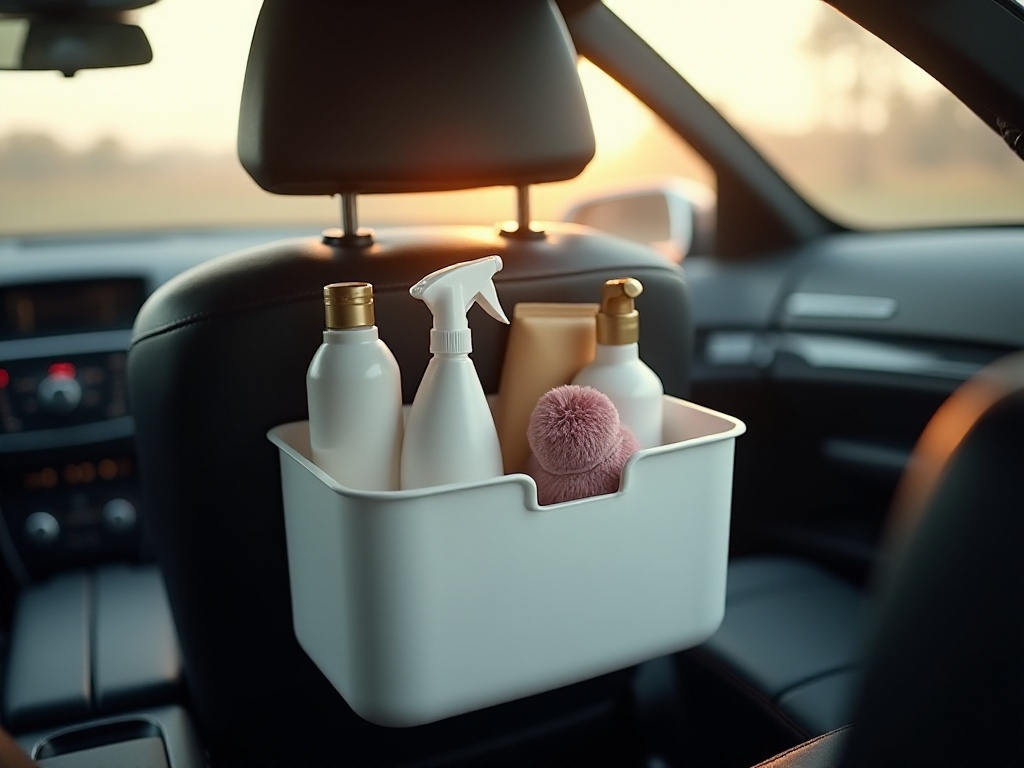
Cleaning Techniques
Regarding saving money, I love sharing various cleaning tricks. For example, the previously mentioned yellowed headlight problem typically costs hundreds for professional restoration, but toothpaste can solve it.
The specific method is: first rinse the headlight surface with clean water, then evenly apply regular white toothpaste (not whitening toothpaste with particles) to the headlight surface, gently scrub with a soft toothbrush. After scrubbing two or three times, rinse clean with water, and finally dry with a towel. The results are truly amazing - I couldn't believe it the first time I tried it.
There are many money-saving tricks for interior cleaning too. For seat stains, make a paste with baking soda and warm water, apply to the stain, wait ten minutes, then wipe with a damp cloth. This is much more economical than interior cleaning services that cost hundreds.
Another trick I frequently use is vinegar for eliminating car odors. Place a bowl of white vinegar in the car, close doors and windows overnight, and by morning most odors will be gone. This is much cheaper than deodorizers that cost dozens per bottle.
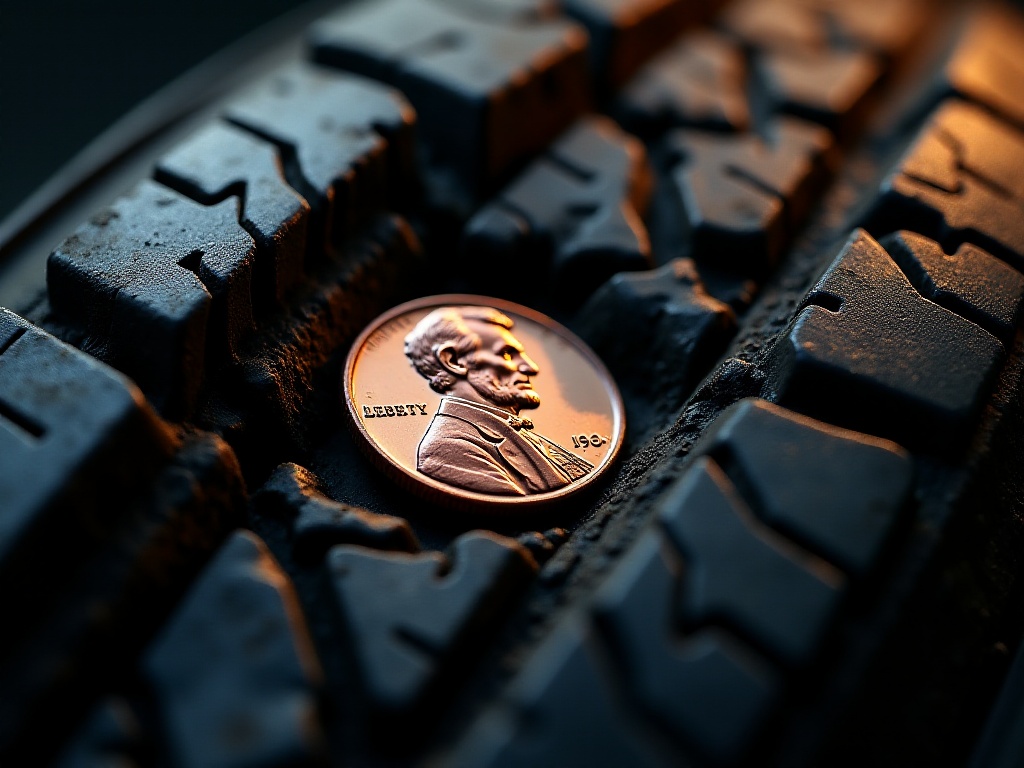
Storage Solutions
Regarding storage, trunk organization is a major issue. Many people's trunks are cluttered, making it difficult to find things when needed. My solution is using discarded storage boxes for organization.
I use a retired bathroom organizer to sort various tools and cleaning supplies. Each shelf is labeled to indicate its contents. Everything is easy to find when needed. The compartments also prevent items from sliding around during sudden braking.
I've also attached two mesh pouches to the trunk sides with Velcro, specifically for frequently used small items like umbrellas and tissues. This way you don't need to open the toolbox every time, making items easily accessible.
Safety Recommendations
Regarding safety, besides regular maintenance, parking techniques are important. Especially in home garages, many people scratch walls or other items due to misjudging distances.
I have a particularly useful trick: hanging a tennis ball in the garage so it just touches the windshield. This way, when parking, you know exactly where to stop when the ball touches the windshield. This small trick has saved me lots in repair costs.
Besides this, I recommend putting reflective tape on the garage floor to mark wheel positions. This makes it easy to find the correct position even when parking at night. These small investments might cost just dozens of yuan but can help avoid many unnecessary scratches.
Another safety recommendation concerns spare tires. Many people have spare tires but never check their condition. Spare tires can deteriorate, especially those stored long-term in the trunk, potentially becoming useless due to rubber aging. It's recommended to check spare tire condition during each maintenance to ensure it's usable when needed.
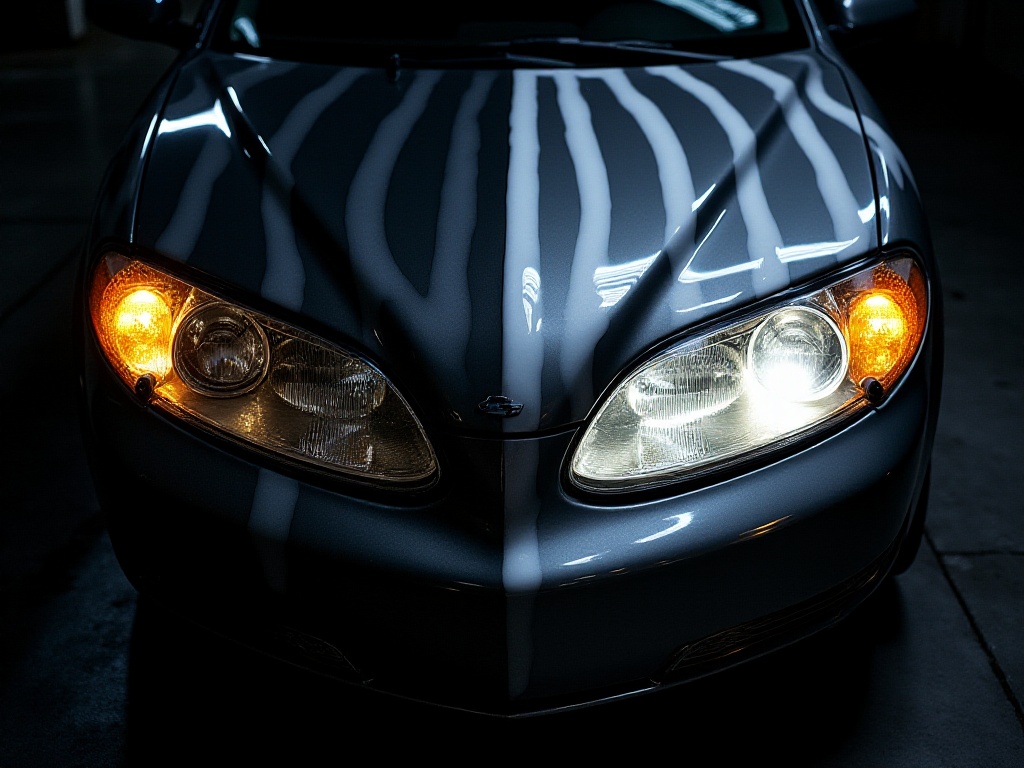
Conclusion
Car maintenance can be both difficult and simple. The difficulty lies in maintaining persistent patience and attention to detail; the simplicity is that once you master these basic maintenance knowledge and techniques, it doesn't require much time or money investment.
Most important is developing good habits, regular inspections, and timely maintenance. Just as we need regular health checkups, cars need regular "checkups" too. With proper care, your beloved car will definitely accompany you further.
Do you have any unique car maintenance tricks? Feel free to share in the comments. Next time we'll discuss how to handle some common car problems - remember to follow.




